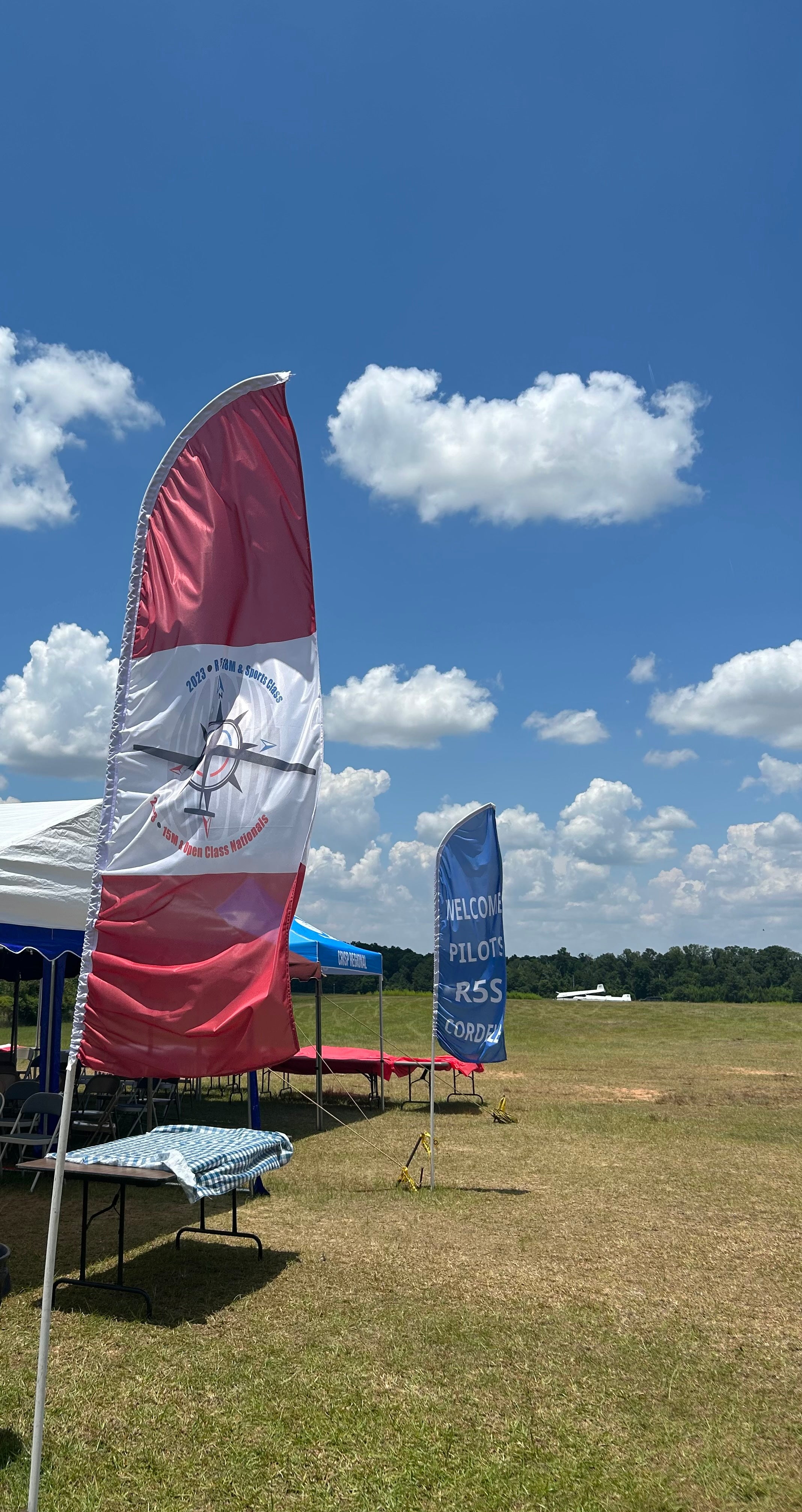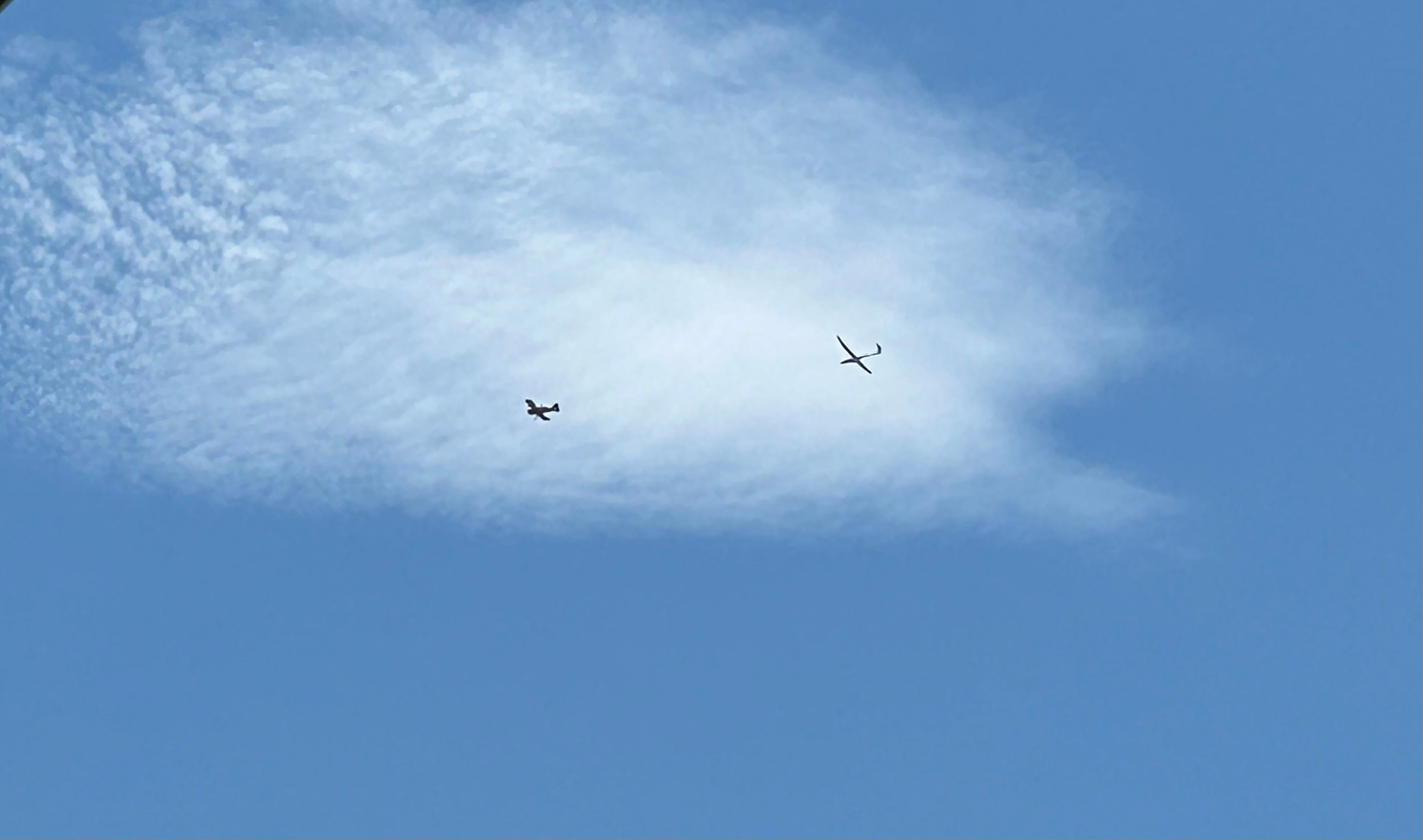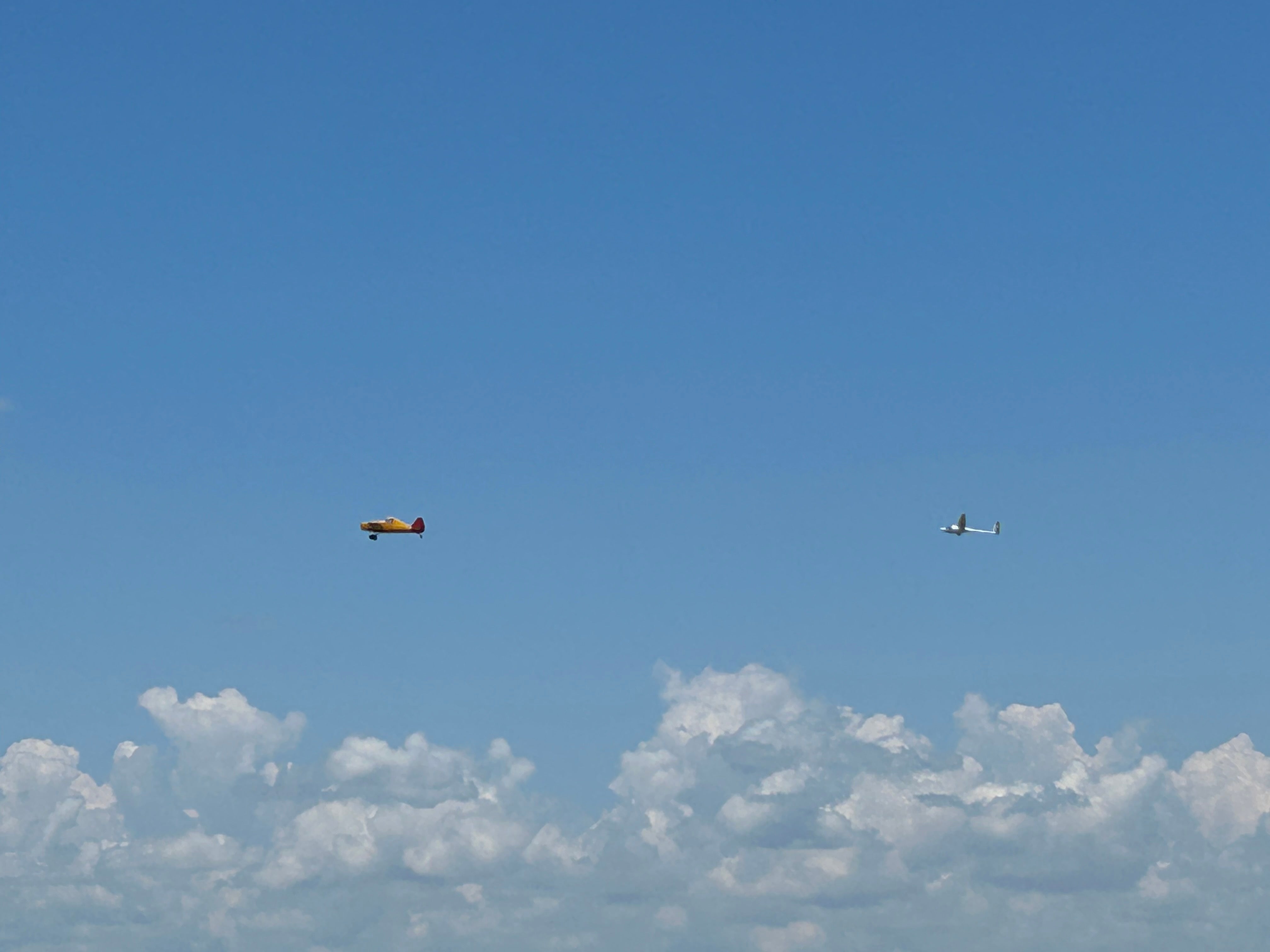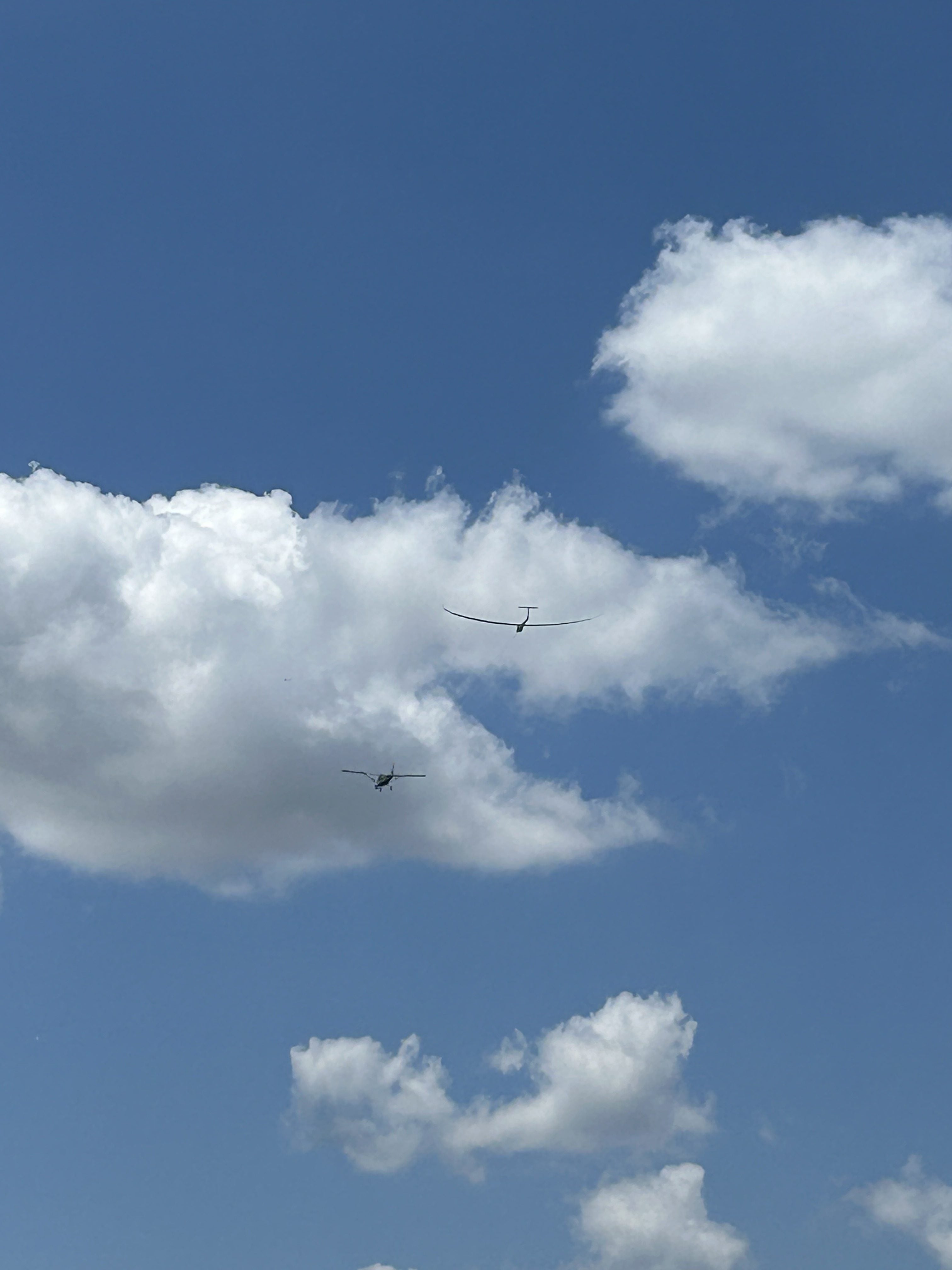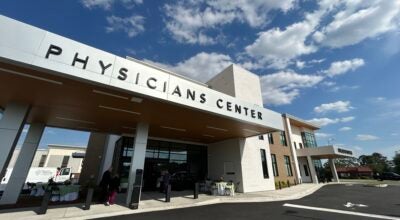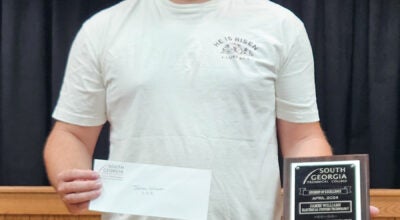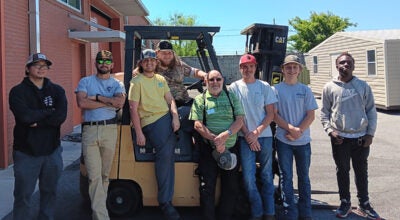Annual Glider Competition is Underway
Published 8:42 am Thursday, June 8, 2023
|
Getting your Trinity Audio player ready...
|
The 52nd Annual Glider Competition is underway at the Cordele Airport. It runs from June 3rd through June 13th with a total of 65 Pilots from around the world. It has everything a pilot and his or her crew would want: good soaring, good people, services of about any kind, lots of good food, and most of all, lots of good food. The competition is support by many local businesses such as Smoakies, Fritz Farm, Best Western and the Cordele Crisp Chamber of Commerce. The contest has been going on for 52 years with task areas made up of many airports and relatively flat agricultural land making for very good contest geography for both new and experienced pilots. The airport is centered in the task area and the area is about 60 miles in any direction from the airport. Most of the 500K in Georgia have been flown from Cordele in late May, early June. Cloud-base is typically 5,000 to 6,000 ft. This is also the time when local farmers burn the stubble in their fields that can result in dramatic convection. The land-out terrain is friendly and mostly accommodating. The days can be very good here.
We spoke with pilots and crewmembers about the competition to get a bit more insight on what the competition is all about, information on the gliders and what goes into flying the gliders. The competition is divided into two different groups National and Regional with 2 classes under each. Regional consists of the sports class and the 18 meter and the National consists of open class and 15 meter. On a normal day these pilots will fly 150-180 miles, on a good day they can fly up to 300+ miles. Their flights are significantly determined by the weather each day as the tasks created are based on the weather.
The pilots are required to wear parachutes during competition in case of a midair collision. In some cases pilots may land in fields or other airports, which is what they call Landing Out. In the case of a land out, there is a retrieve desk where the pilots are instruction to text the person at the desk. The pilots will send their coordinates along with a brief description of where they are located. Typically a neighbor or landowner will come and speak with the pilot, at this time the retrieve desk has been informed and the pilots team will be on their way with the trailer to pick them up. In the case that they land out in an airport, if it is safe and aloud a tow plane will head to their location to tow them back into the air around 3,500 ft. or pull them back to Cordele.
This sport is not cheap we asked them what the costs is for the gliders flying in theses competitions. The average open class gliders range from $70,000 to $80,000. Sport gliders, which are typically a 1970 model with decent characteristics, are $20,000. There are even super gliders, which are top of the line, and big that can cost upwards $250,000 or more. These super gliders are the Concordia and the EB29 which have a wing span of between 94-96 ft and can be seen soaring at upwards on 80mph or more. Dick Butler is the owner and builder of one of the largest gliders in the world the Concordia, it took him almost 9 years to build it. Butler has been flying gliders for over 60 years.
A little history on gliding; it started in Germany in 1910 with the first sailplane being developed shortly after World War 1 during this time the Treaty of Versailles prevent the German from constructing powered aircraft. International competitions began in 1922 and became popular throughout Europe and the United States during the 1930s. Since 1937 the governing body of the sport has been the Federation Aeronautique Internationale (FAI). During World War 2, gliders were used by the U.S., British, and German airborne troops. After the war, soaring as a sport extended worldwide, with activity in most continents. Sailplanes have a streamlined body with long and narrow wings that allow them to have the combination of a low sink rate and a very flat glide. The controls are similar to those in small airplanes with the rudder operated by pedals, amd the ailerons (which control roll) and the elevators (which control the angle of the aircraft’s pitch and thus indirectly, speed) are operated by a control stick. Sailplanes usually have a single landing wheel beneath the forward part of the fuselage. The most popular methods of launching are by aero tow with a light airplane or form of a winch on the ground. In a typical aero tow, the aircraft fly at about 60 mph until altitude of about 2,000 ft has been reached. While on tow, the sailplane pilot keeps directly behind and slightly above the towplane in order to avoid turbulence created by the propeller. When the planned altitude has been reached, or earlier if good lift is encountered, the pilot releases the towline by pulling a knob in the cockpit.
The basic method of soaring, called thermaling, is to find and use rising currents of warm air, such as those above a sunlit field of ripened grain, to lift the glider. Thermals can rise very rapidly, which allows the sailplane, if deftly piloted, to attain substantial increases in altitude. Slope soaring occurs when moving air is forced up by a ridge. By following the ridge, the sailplane can glide for great distances. In wave soaring, the glider flies along vertical waves of wind that form on the lee side of mountain ranges (the side protected from fiercer winds). Riding such waves allows extreme altitude to be gained rapidly. To facilitate all such maneuvers as well as navigation, gliders can be equipped with familiar airplane instruments such as an altimeter, an airspeed indicator, a turn-and-bank indicator, a compass, and GPS (Global Positioning System) equipment. The most important instrument is the variometer, which shows when the glider is moving up or down even when that movement is too minute to be noticed by the pilot.
National and international records for gliding include categories for straight distance, out-and-return (a course in which a pilot begins at a designated place, travels a distance, and then returns to the designated place), and triangle distance (a course that begins at a designated place after which there are two turning places before return), speed over triangular courses, gain of height, and absolute altitude. World championship competitions began in 1937 and since 1950 have been held every other year. The competition occupies about two weeks, and the tasks usually consist of elapsed-time races over out-and-return or triangular courses. The overall champion is determined by point total. Apart from competition, many pilots soar purely for recreation.
You can see the gliders in the sky everyday until June 13th. Launch is typically around 12pm and landing is between 4:00pm-5:30pm at the Cordele Aiport.


